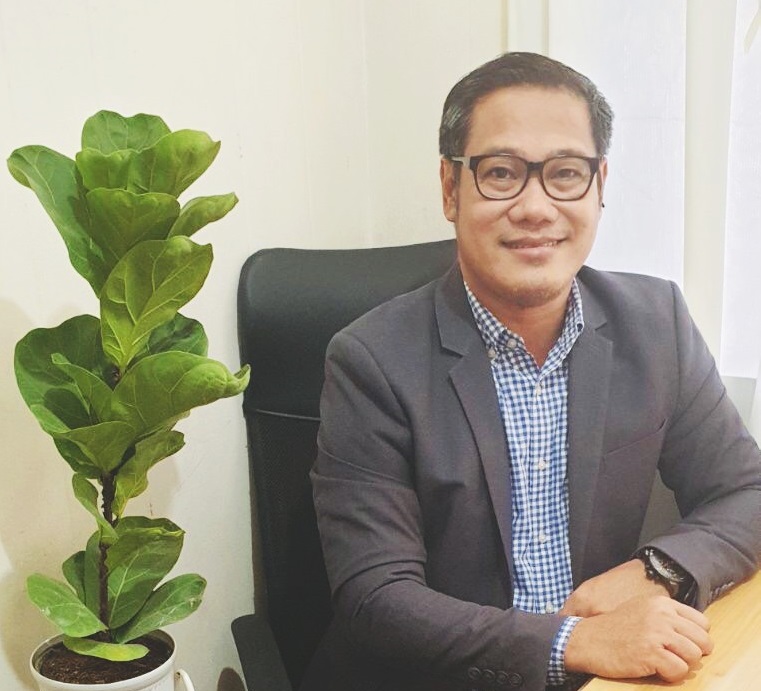THE FOURTH P
by Eleazar E. Ricote
Deputy Executive Director, PPP Center

The Philippine PPP program is an evolving development agenda. It is anchored on the critical role of the private sector as the state’s partner in development and as a critical participant in public governance. Over the years, its evolution can be highlighted by major developments that include policy actions, institutional transitions, sectoral shifts, changing market appetite, fiscal realities, and yes, the current pandemic situation.
With the pandemic, will PPP continue to be a viable option for critical infrastructure and development projects? How should the pandemic and related public health situations be considered in the continuing efforts to deliver projects, improve policies, and strengthen PPP institutions?
The pandemic surely has compelled us to revisit these important elements of the Philippine PPP program. Projects under implementation are being reviewed and their risk sharing structures revisited. The World Bank’s Public-Private Infrastructure Advisory Facility (PPIAF) is helping the Philippines look into specific projects to assess its impact and recommend mitigating measures. Both houses of Congress have ongoing efforts to capture the realities of the pandemic into the proposed PPP Act.
Most importantly, the pandemic highlighted anew the role of the private sector in the response to this major public health crisis. Critical pandemic response projects such as health infrastructure (e.g., hospital or health facilities expansion and rehabilitation; set up of testing and quarantine facilities, research and development of vaccines, etc.) basic socioeconomic support infrastructure (e.g., water and sanitation systems, solid waste management facilities), as well as connectivity related infrastructure (e.g., virtual systems/platforms to facilitate contactless transactions and communications) can actually be pursued by national and local governments through PPPs.
Admittedly, a lot remains to be done. While projects in these sectors are starting to get added to the pipeline, parallel efforts on capacity building of concerned contracting agencies as well as sector-specific PPP guidelines are urgent. Local government units (LGUs) particularly need focused help on this, given that most of these pandemic response projects are in the areas devolved to them. Worth noting is the PPP Center’s Local PPP Strategy and its collaboration with the Department of the Interior and Local Government (DILG), local leagues, and National Economic and Development Authority (NEDA) Regional Offices initiated even before the pandemic started in 2020.
Mindful of these important and urgent requirements, the PPP Center has also embraced the existing set up in the delivery of its PPP program mandate. Its online presence has been strengthened thereby enabling it to provide project development and technical assistance, capacity building and guidance, project implementation monitoring, and management services to national and local implementing agencies through online platforms. Surely, physical support and handholding really cannot be replaced but we are hopeful that eventually, we will be able to establish and sustain a working combination of physical and virtual interaction in the delivery of said PPP Center interventions.
In the end, it is really more than just about the pandemic and its impact on PPPs. It is about how the PPP program should respond, adjust and navigate through this situation in the continued pursuit for public service. The fourth P in this evolving PPP narrative is the people. They are at the heart of these important partnerships driven by the program’s commitment to protect public interest.

